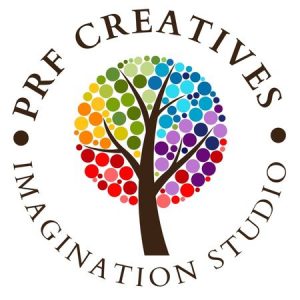Goal Scoring and Thinking
There’s a great deal of advice available about how we can improve out lives if we set goals – goals that are vivid descriptions of what we want in life, set out in written commitment.
Firstly, I’m not going to knock that. It does work for a lot of people. My problem is that it doesn’t work for me. I find that a lot of the “gurus” that hand out advice are doing exactly what they say coaches shouldn’t do…give advice. Let me explain that a bit more.
In coaching terms, you don’t tell people what to do because otherwise they wouldn’t be living their own life, but the coach’s version of their life. So, when it comes to setting goals, the coach is telling you how they set goals (or how their training has determined goals should be set) – and that is the best way for you to set your goals.
Well, that’s ok if your preferred style of thinking and what motivates you is the same as your coach’s. “You must have written goals,” “you should have a vision board,” and so on. The majority of people are visual. But I’m not. I am predominantly auditory – I think in words, not pictures. That doesn’t mean I don’t appreciate something that is visually beautiful. I just find it difficult to get past a quick flash when someone says “visualise that you’re in a beautiful, restful place…”
As an aside – I reckon that I really think with my mouth, but I’m not sure that any theories on thinking style have analysed that. And that’s not as silly as it seems – after all, the first instinct of a baby when holding any object is to put it directly in its mouth. I use descriptor sentences such as “I have a taste for…” or, when looking at breath-taking scenery I like to “drink it in…” Does this sound familiar to you? Am I ringing a bell? Ok, so those last two questions are examples of my auditory style of thinking.
We tend to judge someone’s thinking style by the language they use – a visual person will “see,” “picture,” or “draw” while a kinaesthetic thinker will “feel,” “touch” or have “vibes.” However, while this is a good guide to thinking style, it can’t be taken as a given that just because someone says “I see what you mean” that they are visual. Some of these sayings are so entrenched in the vernacular that they over-ride a preferred thinking style.
So, how does this relate to setting goals? Ok, I am not an expert on this, but I reckon that setting goals means different thinks to different people. It may or may not be related to thinking styles and I’ll leave that to someone who wants to research it. However, I do believe that the “common” goal setting method expounded by some of the more populist coaches is based on how they set goals and that not a lot of consideration is given on whether that works for everyone (ok, I’m waiting to be shot down at this point).
So, someone with a visual thinking style may benefit looking at their written goals – they can see what they want. They back this up with a vision board – pictures that inspire them or capture a visual representation of their goal. I’ve used vision boards and I do like them – and amazingly four or five of the pictures could easily represent things that I’ve done or am doing since they went on the board.
But I’m not a written goal setter. I am an avid writer of lists of daily and weekly “to do’s,” but I have no written long term goals. That’s not to say that I don’t have goals – I just don’t see them as a finite thing I can encapsulate in a written sentence.
So, next time you’re told to write your goals down and you know that doesn’t work for you – don’t beat yourself up over it. It doesn’t mean you’re no good at setting goals or that you’ll never achieve what you want. It just means that this isn’t how you do it.
Sit back, relax and consider what does work for you – what motivates you to make something happen. Then do just that.


